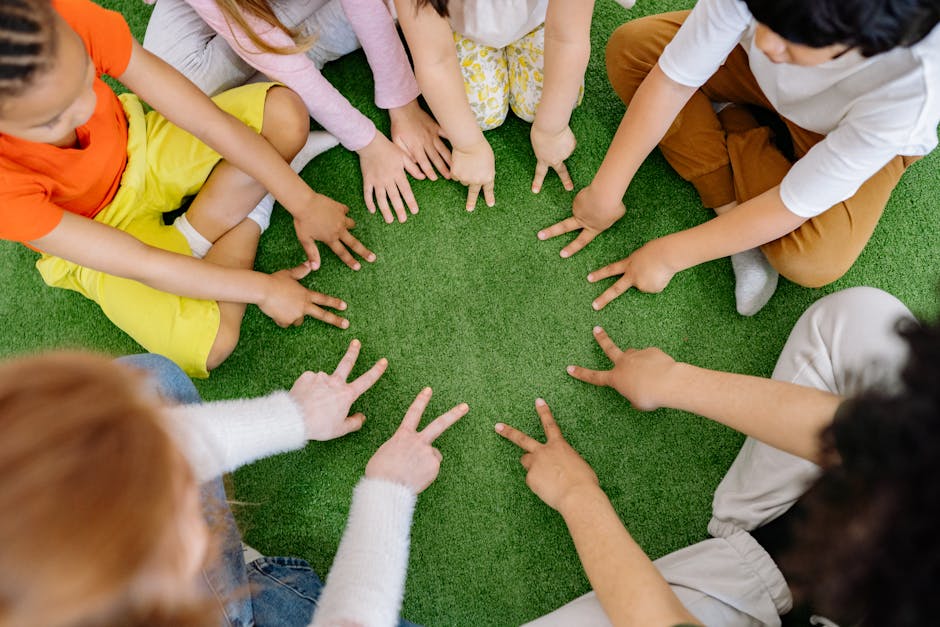
Language Revitalization Programs in Schools
Language Revitalization Programs in Schools
Language revitalization programs in schools play a crucial role in preserving indigenous languages and fostering cultural diversity. These programs aim to revive and promote endangered or marginalized languages that are at risk of extinction.
Many indigenous communities face challenges in maintaining their native languages, mainly due to assimilation, historical events, and the dominance of larger, more widely spoken languages. Language revitalization programs provide much-needed support, resources, and opportunities for these communities to reclaim their linguistic heritage.
The Significance of Language Revitalization Programs
Preserving indigenous languages is crucial for various reasons:
- Cultural Identity: Language is an integral part of cultural identity. Revitalizing indigenous languages helps preserve cultural traditions, values, and knowledge systems that are passed down through generations.
- Linguistic Diversity: Every language represents a unique way of understanding and interpreting the world. Language revitalization programs contribute to the overall linguistic diversity and provide a platform for diverse voices to be heard.
- Community Well-being: Language is deeply connected to mental, emotional, and social well-being. Revitalizing indigenous languages can strengthen community bonds, promote intergenerational connections, and enhance overall community health.
Implementing Language Revitalization Programs in Schools
Language revitalization programs can be implemented in schools through various approaches:
- Curriculum Integration: Incorporating indigenous languages into the school curriculum ensures that students have regular exposure to the language. It can be integrated into language classes, history lessons, or other subjects.
- Language Immersion: Immersion programs provide students with an immersive environment where they are consistently exposed to the indigenous language. This approach allows for a deeper understanding and fluency in the language.
- Community Involvement: Engaging the community in language revitalization programs is essential for sustainable success. Community members can play a role in teaching, cultural exchanges, and creating resources.
The Impact of Language Revitalization Programs
Language revitalization programs have a significant impact on students, communities, and society as a whole:
- Preservation of Culture: These programs ensure that cultural practices, art forms, oral traditions, and historical knowledge associated with the language are passed down to future generations.
- Empowerment and Self-Expression: Learning and speaking one's indigenous language gives individuals a sense of pride, confidence, and belonging. It allows them to express their thoughts, emotions, and experiences in their unique cultural context.
- Economic Opportunities: Language skills can contribute to economic growth and open doors to cultural tourism, language teaching, translation services, and other language-related industries.
Language revitalization programs in schools are essential for preserving and celebrating linguistic diversity, fostering cultural pride, and ensuring the survival of endangered languages. By valuing and supporting these programs, we can contribute to a more inclusive and culturally rich society.
